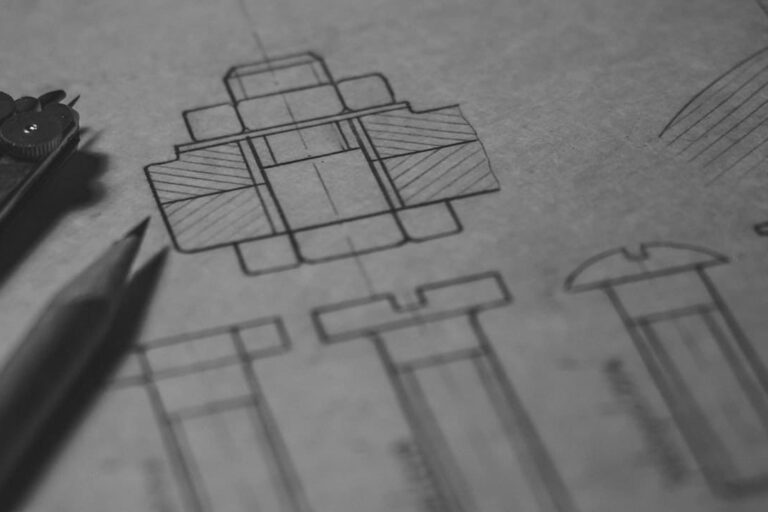LIFESTYLE
Embracing Innovation: The Latest Product Design Trends Shaping the Industry

WORDS: Peter Minkoff PHOTOGRAPHY Supplied
Being up to date with the most recent trends is essential to the success of any product because product design is a profession that is constantly changing. Product designers must always adapt to the newest trends in order to stay relevant in the face of technological advancements and shifting consumer tastes. We will examine some of the most recent product design trends and how they are influencing the market in this post.
Sustainability in Design
With good reason, sustainability has taken center stage in product design. Companies are reducing their carbon footprint by producing products that are environmentally friendly as consumers grow more aware of their environmental impact. To cut waste and promote sustainability, designers are creating goods with extended lifespans and employing recycled materials. Sustainable design is more vital than ever with the emergence of the circular economy, where things are made to be recycled and used again. It is a wise business move for companies to prioritize sustainability in their product design because customers are willing to pay more for environmentally friendly products.
Augmented Reality (AR)
A new development in product design, augmented reality (AR), has the potential to revolutionize how customers interact with products. consumers can see how a product will appear and work in their environment using AR technology, which enables consumers to see a digital depiction of a product in the actual world. Industries like interior design and home renovation have embraced this technology, allowing customers to use it to visualize how furniture and home accents would look in their spaces before making a purchase. It is anticipated that AR technology will play a bigger role in product design as it gets more sophisticated and widely available. Furthermore, AR can be used to educate consumers about products and engage them in the purchasing process in addition to being utilized for visualization.
3D Technology
By enabling designers to construct and test goods in a virtual setting before manufacturing them, 3D technology has completely changed the way that products are designed. For instance, an excellent 3D model viewer enables designers to quickly and affordably produce detailed models and prototypes. Additionally, complex shapes and designs that were previously impossible to produce are now possible thanks to technology. It is anticipated that 3D technology will become much more common in the field of product design as it continues to advance. Additionally, 3D printing has made it possible to quickly and affordably produce prototypes and even finished goods, enabling businesses to quickly iterate and improve designs.
User Experience (UX)
As businesses strive to build products that are not only useful but also simple to use, user experience (UX) design has grown in importance. To develop products that are intuitive and simple to use, UX design focuses on understanding the demands and behaviors of consumers. To ensure that the product fits the user’s needs, substantial study and testing are required. UX design has grown in importance as a component of product design with the popularity of mobile and web applications. UX design is a wise investment for businesses since it can result in consumer loyalty and word-of-mouth recommendations for a product.
Minimalism in Design
The popularity of minimalism in design has been growing for a while, and it doesn’t seem to be slowing down. The idea of “less is more” has emerged as a guiding principle for many designers, who prioritize practicality and simplicity. Clean lines, straightforward shapes, and a lack of excess detail are hallmarks of minimalist designs. From technology to fashion, a variety of industries have adopted this design trend, and it is predicted to be popular in the years to come. Additionally, minimalism not only offers a chic and classic aesthetic but also lowers costs and boosts manufacturing and packaging efficiency.
To sum up, product design is continuously changing, therefore keeping abreast of the most recent developments is essential for producing effective goods. Emerging themes in product design include sustainability, simplicity, user experience, 3D technology, and augmented reality. These trends are influencing both how designers make goods and how customers use them. We’ll probably see even more cutting-edge trends in product design emerge as technology continues to advance.









